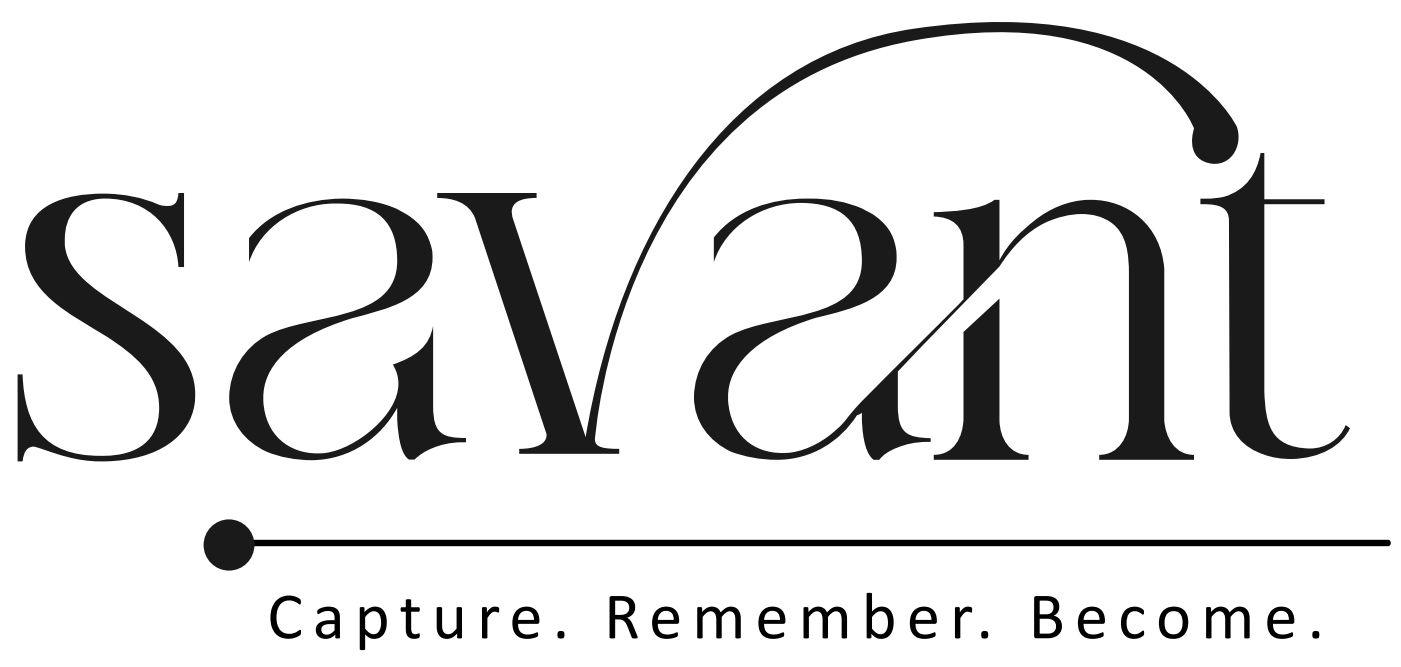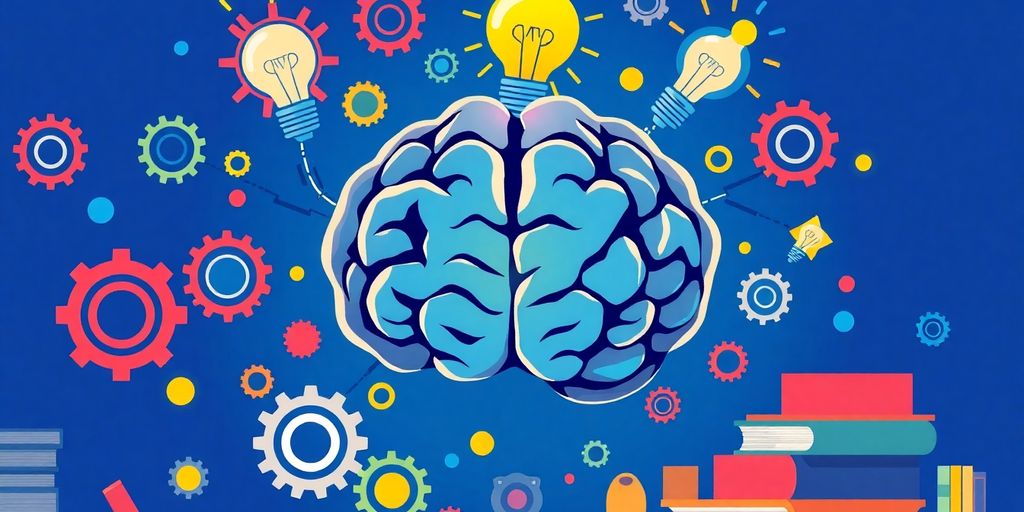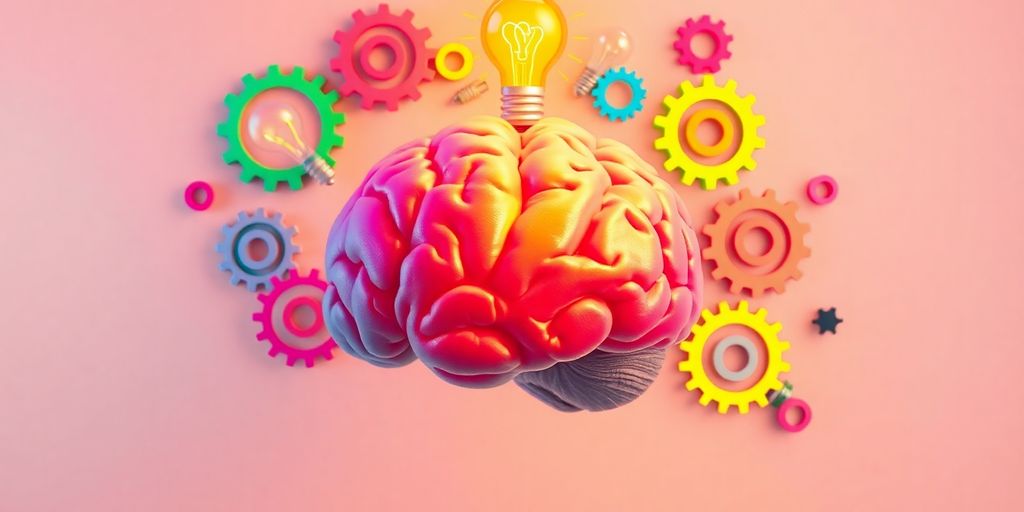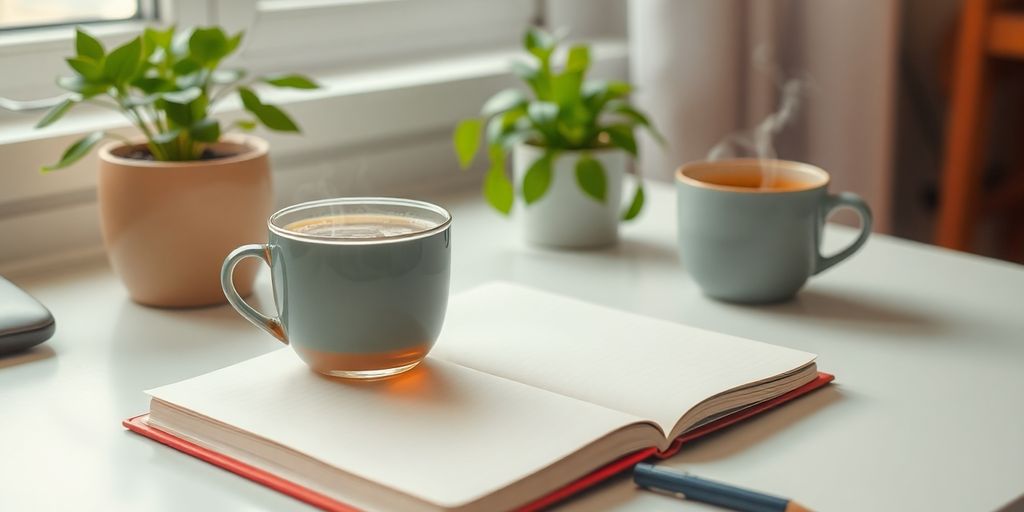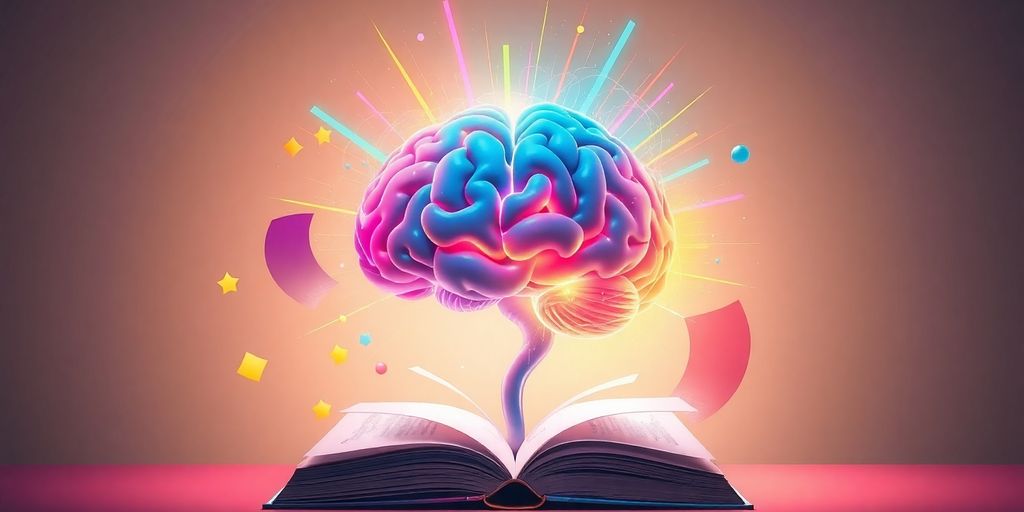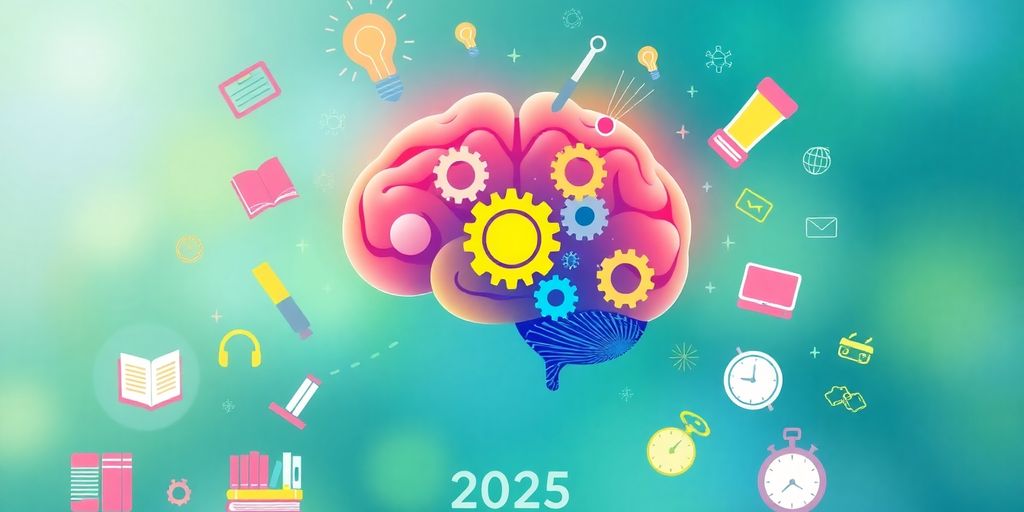Have you ever felt like your memory could use a little boost? Whether it’s for work, school, or just everyday life, having a sharper memory can really make things easier. Luckily, there are plenty of practical memory development tips that can help you improve your recall skills. In this article, we’ll explore ten effective strategies that can help you enhance your memory and make it easier to remember important information when you need it. Let’s get started!
Key Takeaways
- Memory can be improved with practice and the right techniques.
- Visualization helps create strong mental images for better recall.
- Incorporating technology like apps can aid memory training.
- Regular practice and a healthy lifestyle contribute to memory improvement.
- Setting specific, achievable goals can enhance memory skills.
1. Visualization Techniques
Okay, so visualization techniques might sound a bit out there, but trust me, they’re super useful for boosting your memory! It’s all about creating mental images to help you remember things better. Think of it like making a movie in your mind – the more vivid and detailed, the better.
By creating a mental picture of what you’re trying to remember, you engage more parts of your brain, making it easier to recall later. It’s like your brain has a natural ability to recall images more easily than words or numbers. For example, if you need to remember to buy milk, eggs, and bread, instead of just repeating those words, picture a carton of milk wearing a crown, a giant egg cracking open to reveal a tiny loaf of bread, and so on. The crazier, the better! It’s all about making those mental images stick.
Visualization is like a mental rehearsal. It’s a simple yet powerful way to train your brain, making it more agile and ready to tackle challenges.
2. Memory Palace
Okay, so the Memory Palace, also known as the Method of Loci, is a seriously cool technique. It’s like creating a mental map of a place you know super well – your house, your walk to work, whatever. Then, you stick the things you want to remember in different spots along that route. It sounds weird, but trust me, it works. It’s like creating a mental landscape where information can roam freely and settle into memory.
Think of it as your brain’s personal filing system, but instead of boring folders, you’ve got vivid images in a place you know like the back of your hand. It’s way more fun than rote memorization, and honestly, it’s kind of like a superpower once you get the hang of it.
Here’s how I usually do it:
- First, pick your "palace." Keep it simple, like your apartment.
- Next, decide on a route. Front door, living room, kitchen, bedroom – you get the idea.
- Then, when you need to remember something, picture it in a crazy, unforgettable way and "place" it along your route. Need milk? Picture a giant carton of milk blocking your front door.
3. Mnemonics
Mnemonics are basically memory tricks! They’re all about making information easier to remember by associating it with something else – a song, a rhyme, an image, anything that sticks in your brain. It’s like giving your memory a little boost. They can be super helpful for remembering lists, facts, or anything that you find hard to recall.
Think of it this way: your brain loves patterns and connections. Mnemonics help you create those patterns, turning boring information into something more engaging and memorable. It’s honestly kind of fun!
Here are some common mnemonic devices:
- Acronyms: Using the first letter of each item to form a new word (e.g., ROYGBIV for the colors of the rainbow).
- Rhymes: Creating catchy rhymes to remember facts or lists (e.g., "Thirty days hath September…").
- Visualization: Linking information to vivid mental images.
Mnemonics are like cheat codes for your brain. They involve creating simple phrases, rhymes, or acronyms to make information stick. It’s a game-changer for anyone who wants to learn effectively and efficiently.
4. Mind Mapping
Mind mapping is a super cool way to visually organize your thoughts and ideas. It’s like brainstorming, but with a structure that helps you see connections you might otherwise miss. I used to just write lists, but mind mapping has seriously changed the game for me. It’s not just about jotting down notes; it’s about creating a visual representation of your thinking process. This can lead to better memory retention and a clearer understanding of complex topics.
I think you should give it a shot:
- It helps you see the big picture.
- It makes complex information easier to digest.
- It’s a fun and creative way to learn and remember things.
I find that mind mapping is especially useful when I’m trying to plan a project or brainstorm ideas. It helps me see all the different angles and come up with creative solutions. Plus, it’s way more engaging than just staring at a blank page.
Mind mapping is a great way to enhance note-taking by improving memory retention through active recall and spaced repetition techniques.
5. Spaced Repetition
Okay, so spaced repetition is like the opposite of cramming. We’ve all been there, right? Trying to shove a semester’s worth of info into our brains the night before a big exam. It’s stressful, and honestly, it doesn’t really work that well in the long run. Spaced repetition is all about reviewing material at increasing intervals. Think of it as giving your brain little nudges to remember stuff, instead of one big shove.
The idea is that you review information shortly after learning it, then again after a longer period, and then again after an even longer period. This helps move information from your short-term memory to your long-term memory. It’s like building a muscle – you don’t just lift weights once and expect to be buff forever. You gotta keep working at it!
I’ve found that using flashcards is a great way to implement spaced repetition. There are also apps like Anki that can help you schedule your reviews. It might seem like a lot of work at first, but trust me, it pays off in the long run. You’ll actually remember stuff, and that’s pretty cool. It’s a great way to improve memory capabilities!
6. Active Recall
Okay, so active recall is like giving your brain a workout, but instead of lifting weights, you’re lifting information! It’s way more than just passively rereading your notes (we’ve all been there, right?). You’re actively trying to pull the information out of your head. Think of it as a mental pop quiz, but you’re the teacher and the student! It might feel a little tougher at first, but trust me, it’s way more effective for long-term memory. This is where the magic happens – your brain strengthens those memory pathways!
Here’s the deal: when you actively try to remember something, you’re strengthening the neural pathways in your brain. It’s like building a muscle – the more you use it, the stronger it gets. Plus, it helps you identify what you actually know versus what you think you know. No more fooling yourself!
Here are a few ways to get started with active recall:
- Flashcards: Old school, but they work! Write a question on one side and the answer on the other. Quiz yourself regularly.
- The "Blurting" Method: Read a section of your notes, then close them and try to write down everything you remember. Don’t worry about being perfect – just get it all out. Then, check your notes to see what you missed.
- Teach Someone Else: Explaining a concept to someone else is a great way to test your understanding. If you can’t explain it clearly, you know you need to study it more.
Active recall isn’t just about memorizing facts; it’s about building a solid foundation of knowledge that you can actually use. It’s about making learning stick, so you can recall information when you need it most. It’s a game-changer for anyone who wants to learn effectively and efficiently.
7. Healthy Lifestyle
Okay, so you’re working on your memory, that’s awesome! But let’s be real, you can’t expect your brain to be a super-powered recall machine if you’re not treating it right. Think of your brain like a high-performance sports car – you wouldn’t put cheap gas in it, right? Same goes for your mind. A healthy lifestyle is key to a sharper memory. It’s not just about avoiding junk food (though that helps!), it’s about creating habits that support your brain’s function.
Fuel Your Brain
What you eat seriously impacts your memory. I’m not saying you need to become a health nut overnight, but making some smart food choices can make a big difference. Think of it as brain food! Load up on omega-3 fatty acids (salmon, walnuts, flaxseeds), antioxidants (berries, leafy greens), and choline (eggs). These nutrients are like vitamins for your brain, helping it work at its best.
Get Moving
Exercise isn’t just for your body; it’s a gift to your brain too. Physical activity boosts blood flow, delivering oxygen and nutrients right where you need them. Plus, it helps reduce stress, which is a major memory killer. Aim for at least 30 minutes of moderate exercise most days of the week. Walk, swim, dance – whatever gets you moving! You’ll feel sharper and more energized in no time. Regular physical activity supports brain health.
Chill Out
Stress is a memory thief. When you’re stressed, your brain releases cortisol, which can interfere with memory function. Find ways to manage your stress, whether it’s through meditation, yoga, deep breathing, or just spending time in nature. Even a few minutes of relaxation each day can make a big difference.
Think of stress management as giving your brain a mini-vacation. It’s a chance to recharge and reset, so you can come back feeling refreshed and ready to remember everything.
Stay Hydrated
Dehydration can lead to brain fog and impaired cognitive function. Make sure you’re drinking enough water throughout the day. Carry a water bottle with you and sip on it regularly. It’s a simple habit that can have a big impact on your memory.
Limit Alcohol and Avoid Smoking
Both alcohol and smoking can damage brain cells and impair memory function. If you’re serious about improving your memory, it’s best to limit your alcohol intake and avoid smoking altogether. Your brain will thank you for it!
8. Sleep Hygiene
Okay, so we’ve talked about all these cool techniques to boost your memory, but let’s get real for a sec. None of that stuff will work if you’re running on fumes. I mean, think about it – have you ever tried to focus on anything when you’re super tired? It’s like trying to run a marathon with your shoes tied together. Sleep is absolutely crucial for memory consolidation. It’s when your brain sorts through all the stuff you’ve learned during the day and decides what to keep.
Think of sleep as your brain’s personal cleaning service. It tidies up, files away important info, and gets rid of the junk. Skimp on sleep, and it’s like letting the garbage pile up – eventually, it’s gonna stink and make everything else harder to deal with.
Here’s the deal: aim for 7-9 hours of quality sleep each night. I know, I know, easier said than done, right? But trust me, it’s worth it. Here are a few things that have helped me:
- Consistent Sleep Schedule: Try to go to bed and wake up around the same time every day, even on weekends. This helps regulate your body’s natural sleep-wake cycle.
- Wind-Down Routine: Create a relaxing bedtime routine to signal to your brain that it’s time to sleep. This could include reading a book, taking a warm bath, or listening to calming music.
- Optimize Your Sleep Environment: Make sure your bedroom is dark, quiet, and cool. Blackout curtains, earplugs, and a fan can be your best friends.
- Avoid Screens Before Bed: The blue light emitted from electronic devices can interfere with sleep. Try to avoid screens for at least an hour before bed.
- Watch the Caffeine and Alcohol: Both caffeine and alcohol can disrupt sleep, so it’s best to avoid them close to bedtime.
Seriously, give sleep the respect it deserves. Your memory (and your overall well-being) will thank you for it.
9. Mindfulness Practices
Okay, so you’re probably thinking, "Mindfulness? Isn’t that just for yoga and meditation retreats?" Well, yeah, it can be, but it’s also a super practical tool for boosting your memory. Think of it as training your brain to pay attention to what matters, which is kinda the whole point of remembering stuff, right?
Mindfulness is all about being present in the moment. It’s about focusing on what’s happening right now, instead of letting your mind wander off to that awkward thing you said five years ago or that grocery list you need to make. When you’re truly present, you’re more likely to encode information effectively, which means it’s way easier to recall later. New research indicates that meditation leads to changes in deep brain regions linked to memory and emotional regulation.
Here’s the deal: when you’re stressed or distracted, your brain is basically in survival mode. It’s focused on threats and worries, not on remembering where you put your keys. Mindfulness helps calm things down, so your brain can actually do its job.
It’s like giving your brain a mini-vacation. A chance to recharge and refocus, so it can come back ready to tackle those memory challenges.
Here are a few ways to weave mindfulness into your day:
- Meditation: Even just five minutes a day can make a difference. There are tons of apps and guided meditations out there to help you get started.
- Mindful Breathing: Take a few deep breaths and really focus on the sensation of the air entering and leaving your body. It sounds simple, but it’s surprisingly effective.
- Pay Attention to Your Senses: When you’re eating, really taste the food. When you’re walking, really notice the sights and sounds around you. It’s all about being present and engaged.
By making mindfulness a regular part of your life, you’re not just improving your memory; you’re also reducing stress, increasing focus, and generally making your brain a happier place to be. And a happy brain is a brain that remembers stuff!
10. Technology Utilization

Okay, so we’ve talked about a bunch of old-school techniques, but let’s not forget about the awesome power of technology! Seriously, our phones and computers are basically memory-boosting machines if we use them right. It’s not just about scrolling through social media (though, let’s be real, we all do it). It’s about using tech intentionally to sharpen that recall.
Technology offers a plethora of tools to aid memory development.
Think about it: we’ve got apps, software, and even voice assistants that can help us remember everything from grocery lists to important dates. It’s like having a personal memory assistant in your pocket. Let’s explore some ways to make the most of it.
- Memory Apps: There are tons of apps designed specifically for memory training. Some use games, others use flashcards, and some even adapt to your learning style. Find one that you enjoy and make it a part of your daily routine. It’s like a fun little brain workout!
- Digital Calendars and Reminders: Never forget an appointment again! Use your phone’s calendar to schedule everything and set reminders. You can even set recurring reminders for things you need to do regularly, like taking medication or paying bills. It’s a simple but effective way to offload some of the burden on your memory.
- Note-Taking Apps: Ditch the paper and pen (sometimes) and embrace digital note-taking. Apps like Evernote or OneNote let you organize your notes, add images, and even record audio. Plus, you can access them from any device, so you’ll always have your notes with you. Voice-activated devices can also help with this.
Technology is a tool, and like any tool, it’s only as good as the person using it. Don’t let it become a distraction. Use it mindfully and intentionally to support your memory goals.
Wrapping It Up: Your Memory Journey
So there you have it! Ten solid tips to help you sharpen your memory and make life a little easier. Remember, improving your memory isn’t some magic trick; it’s all about practice and finding what works for you. Whether it’s using visualization, getting enough sleep, or just keeping your brain active with fun games, every little bit helps. Don’t stress if you forget things sometimes; it happens to everyone! Just keep at it, and you’ll see progress. Here’s to a sharper memory and all the cool things you’ll remember!
Frequently Asked Questions
What are visualization techniques and how do they help memory?
Visualization techniques involve creating mental images to remember information better. By picturing what you want to recall, you engage more parts of your brain, making it easier to remember later.
What is the Memory Palace technique?
The Memory Palace technique is a method where you visualize a familiar place and ‘store’ information in different locations within that place. When you need to recall the information, you mentally walk through the palace.
How do mnemonics work for memory improvement?
Mnemonics are memory aids that help you remember information by linking it with something easier to recall, like a rhyme or an acronym. They make learning more fun and effective.
What is spaced repetition and why is it effective?
Spaced repetition is a learning technique where you review information at increasing intervals. This method helps reinforce memory and prevents forgetting by allowing time for your brain to process the information.
How does a healthy lifestyle impact memory?
A healthy lifestyle, including regular exercise, good nutrition, and adequate sleep, is crucial for brain health. These factors improve memory function and overall cognitive abilities.
Can technology help improve memory?
Yes, technology can support memory improvement through apps and tools designed for memory training, such as flashcards and brain games, making learning more interactive and engaging.
